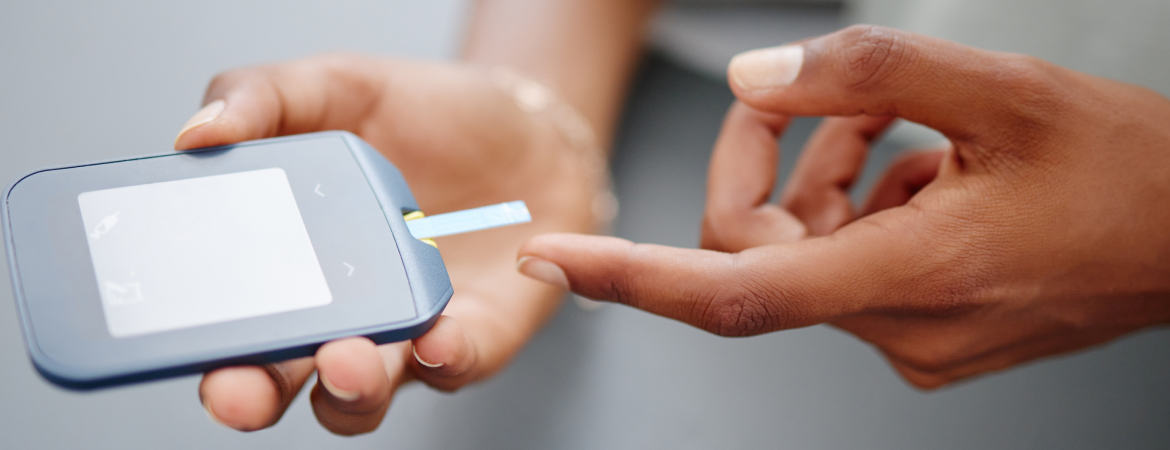
Type 1 vs. Type 2 diabetes
For a disease that’s often referred to as the “sugar disease”, there’s nothing sweet about diabetes. At all.
In South Africa, it’s estimated that one in every 10 people has diabetes. It could in fact, be two in every 10, but the person is unaware of their condition.
A study published this year in the Journal of Health, Population and Nutrition reported, “The observed prevalence of pre-diabetes and diabetes was 67% and 22%, respectively. Among those who had never been tested for diabetes prior to the survey, 10% of females and 6% of males were found to be diabetic, and 67% of both males and females were found to be pre-diabetic.”
Why is diabetes a problem?
Diabetes, left unchecked, has long-term complications and consequences. Imagine losing a leg from untreated diabetes. Or suffering with waning vision or kidney complications. Diabetes takes a toll on almost every organ in your body and can lead to a heart attack, stroke, foot damage and even erectile dysfunction. The longer diabetes is left untreated – the higher your risk for debilitating health problems.
Type 1 diabetes
This type of diabetes is believed to start early in childhood and is the result of an autoimmune reaction. Common symptoms include constant thirst and urination, unexplained weight loss, weakness and fatigue, irritability and mood swings and ketones in urine. Ketones are created when muscle and fat break down as there’s not enough insulin in the body. Blurry vision and constant illnesses are also common.
Type 2 diabetes
Experts often refer to Type 2 as a lifestyle disease. This diabetes is characterised by insulin resistance, meaning that your body still produces insulin, but the body cannot use it efficiently. Alternatively, the body doesn’t make enough of this hormone. People who are overweight, eat poorly and don’t get enough exercise are at risk of Type 2 diabetes. This is where the “lifestyle” aspect comes in because getting fit and healthy can significantly lower your risk. The symptoms are similar to Type 1 and also include frequent yeast infections and constantly feeling hungry or thirsty.
What can I do?
Always go to your doctor if you notice worrying signs and symptoms. As you can see, if left untreated, diabetes can wreak havoc on your health. Your doctor will diagnose the type of diabetes and the necessary treatments and medications. This often entails insulin medication which must be taken as prescribed. Some women may also have gestational diabetes during pregnancy – another alarming condition. If you are planning a pregnancy, speak to your doctor about your risk and take action to stay as healthy as possible.
Good nutrition
Make it a daily part of your routine to eat healthy, wholesome foods that fill you up with essential vitamins and nutrients. Think of food as medicine and remember that prevention is better than cure. Especially for Type 2 diabetes patients, you want to eat green leafy vegetables, wholegrains, nuts and lean meat (protein sources) while staying away from sugary, salty and additive-heavy foods.
Disclaimer
This article is for informational purposes only. Always check with your doctor or medical practitioner about any health concerns, before embarking on any fitness or nutrition programme, and usage of any medication.
